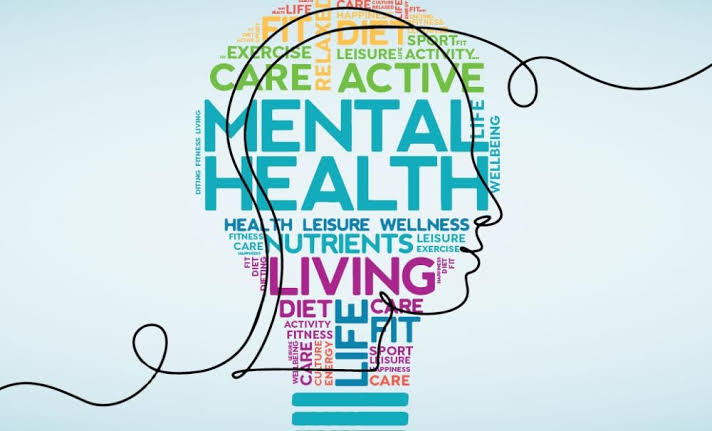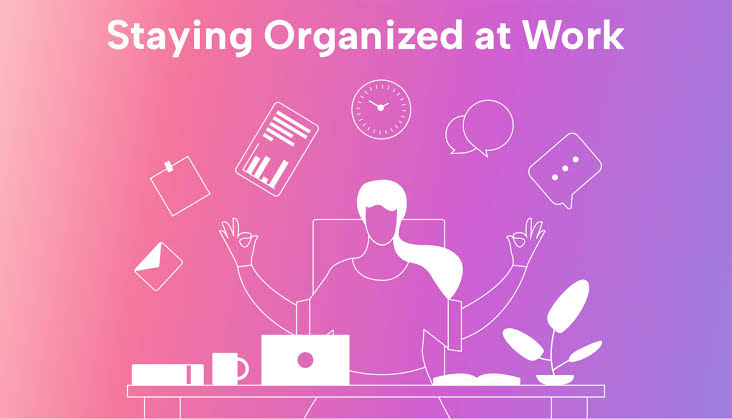Mental health is the foundation of how we think, feel, and act in daily life. It affects how we handle stress, relate to others, and make decisions. In today’s fast-paced world—especially as of 2025, where digital demands and societal pressures are constantly increasing—mental wellness is more essential than ever. Yet many people still treat mental health as a secondary concern, only paying attention when something goes wrong.
Prioritizing mental health means actively taking steps to maintain emotional balance and prevent burnout. It’s not just about avoiding illness—it’s about promoting overall well-being and living a meaningful, balanced life. People who prioritize their mental wellness are generally more resilient, more productive, and more capable of forming healthy relationships.
Understanding that mental health is just as important as physical health is the first step in creating a more balanced, fulfilling lifestyle.
Recognizing the Signs of Mental Strain
Many individuals ignore or misread the early signs of mental health struggles. These signs may manifest in both subtle and overt ways, including:
- Constant fatigue and lack of motivation.
- Irritability, mood swings, or feeling overwhelmed.
- Changes in appetite or sleep patterns.
- Difficulty concentrating or making decisions.
- Withdrawing from social interactions or activities you once enjoyed.
By being aware of these symptoms, you can take proactive steps before they worsen. Prioritizing your mental health begins with acknowledging how you’re feeling without shame or self-judgment.
Building a Self-Care Routine That Supports the Mind
Self-care is one of the most powerful tools for maintaining mental wellness. While it’s often mistaken for indulgence, real self-care involves consistent habits that support physical, emotional, and psychological health.
Here are a few key components of an effective self-care routine:
- Sleep hygiene: Aim for 7–9 hours of restful sleep each night.
- Nutrition: Fuel your body with balanced meals that support brain function.
- Physical activity: Regular movement—whether walking, yoga, or sports—releases endorphins that help reduce stress.
- Digital detoxing: Set boundaries with technology to avoid overstimulation.
- Mindfulness practices: Meditation, journaling, or deep breathing exercises to stay grounded and aware.
Rather than treating self-care as a luxury, treat it as a non-negotiable aspect of daily living. Small, consistent actions compound into a more stable mental state over time.
Establishing Boundaries in Personal and Professional Life
One of the most overlooked factors in mental wellness is the ability to set and maintain healthy boundaries. Whether in the workplace, at home, or within friendships, boundaries are crucial for protecting your energy and mental space.
Here’s how to create effective boundaries:
- Learn to say no without guilt.
- Communicate your needs clearly and respectfully.
- Recognize when people or situations are draining rather than uplifting.
- Avoid overcommitting, especially if it compromises your rest or values.
In a world that often glorifies hustle culture, having firm boundaries is not weakness—it’s wisdom. It ensures that your time and energy are spent in ways that nourish rather than deplete you.
The Role of Social Support in Mental Wellness
Human connection is fundamental to well-being. Even the most independent people need a network of supportive relationships to thrive. Friends, family, mentors, or support groups can provide comfort, encouragement, and perspective during difficult times.
Prioritizing mental health means nurturing your social ties. Make time for meaningful conversations, engage in shared activities, and don’t be afraid to ask for help when needed. If your existing relationships are strained or unavailable, consider joining local or online communities that share your interests or values.
Additionally, talking to a mental health professional is not a sign of failure—it’s a powerful step toward growth and healing. Therapists and counselors provide a safe space to unpack your emotions and develop coping tools.
Incorporating Mindfulness into Everyday Life
Mindfulness is the art of being present in the current moment without judgment. It helps reduce anxiety about the future and regrets about the past. Studies in 2024 and 2025 have shown that even brief periods of daily mindfulness practice can significantly improve mental clarity, focus, and mood.
You can practice mindfulness through:
- Deep breathing exercises.
- Guided meditation apps.
- Paying full attention during simple tasks like eating or walking.
- Regular journaling to process your thoughts.
These habits create mental space, allowing you to pause and respond to situations with intention rather than react impulsively.
Avoiding Burnout in the Modern World
Burnout is a growing concern in today’s demanding world. It’s more than just feeling tired—it’s a state of emotional, physical, and mental exhaustion caused by prolonged stress. People working remotely or managing multiple responsibilities are especially at risk.
To prevent burnout:
- Schedule regular breaks during work.
- Take vacations and completely disconnect when possible.
- Practice time-blocking and task prioritization.
- Ask for help or delegate when overwhelmed.
Understanding your limits and respecting them is vital. Pushing through constant fatigue doesn’t make you more productive—it only leads to long-term damage.
Using Technology Wisely for Mental Support
While technology can contribute to mental fatigue, it can also support wellness when used intentionally. Apps for meditation, mood tracking, journaling, and virtual therapy have made mental health care more accessible than ever before.
Consider exploring:
- Meditation apps like Headspace or Calm.
- Therapy platforms like BetterHelp or Talkspace.
- Journaling tools like Day One or Reflectly.
- Sleep and focus trackers to monitor patterns and improve habits.
Digital wellness tools are most effective when used to complement—not replace—real-world habits and relationships.
Conclusion
Prioritizing your mental health is not a one-time fix but a lifelong commitment to self-awareness, balance, and intentional living. By understanding the signs of mental strain, establishing healthy routines, setting boundaries, and leveraging social support, you create a lifestyle that promotes not just survival but flourishing.
In 2025 and beyond, the conversation around mental health continues to evolve. It’s time to give our inner lives the same care and attention we give our outer achievements. When mental wellness becomes a priority, everything else in life—from relationships to productivity—falls more naturally into place.



